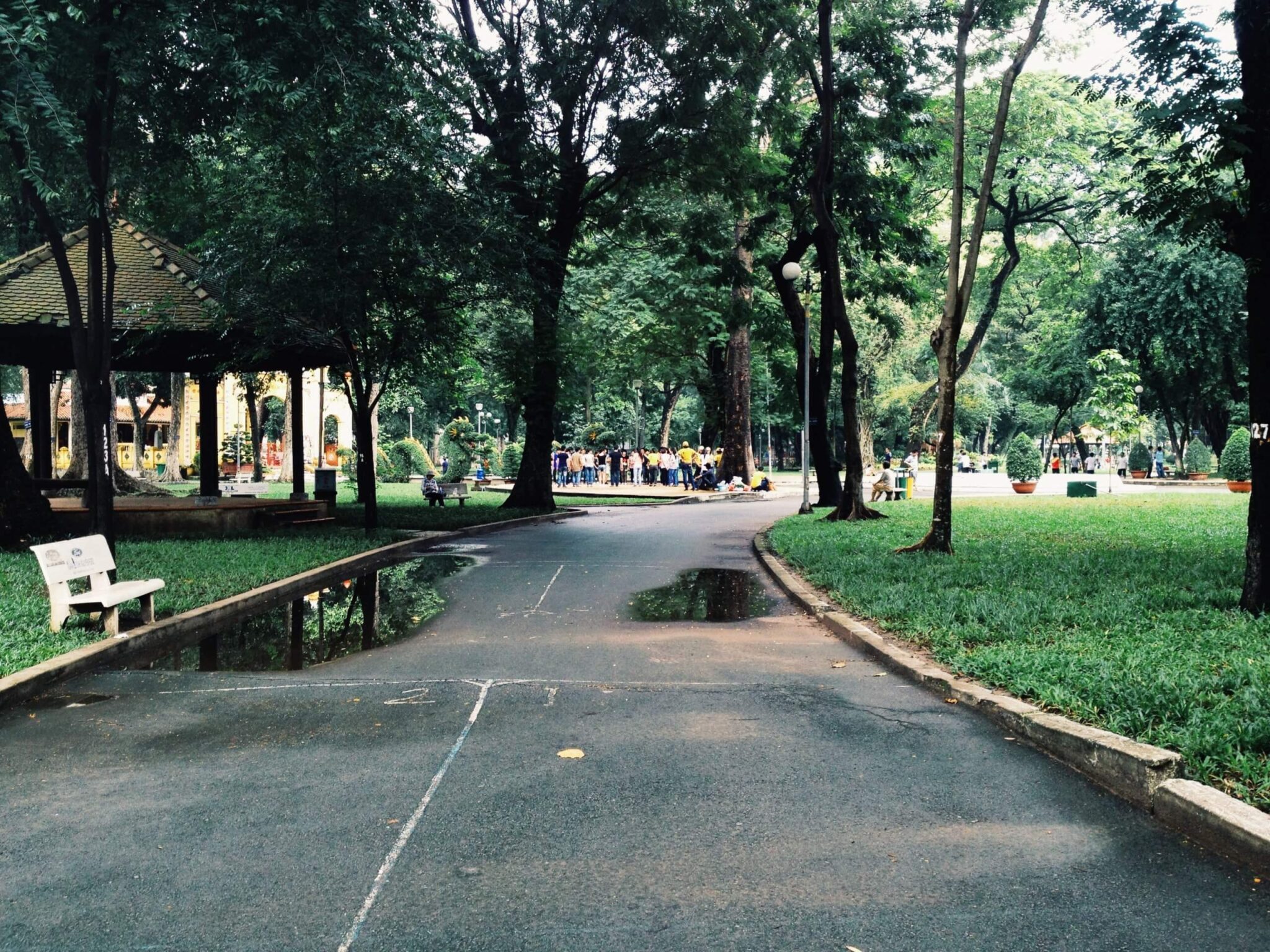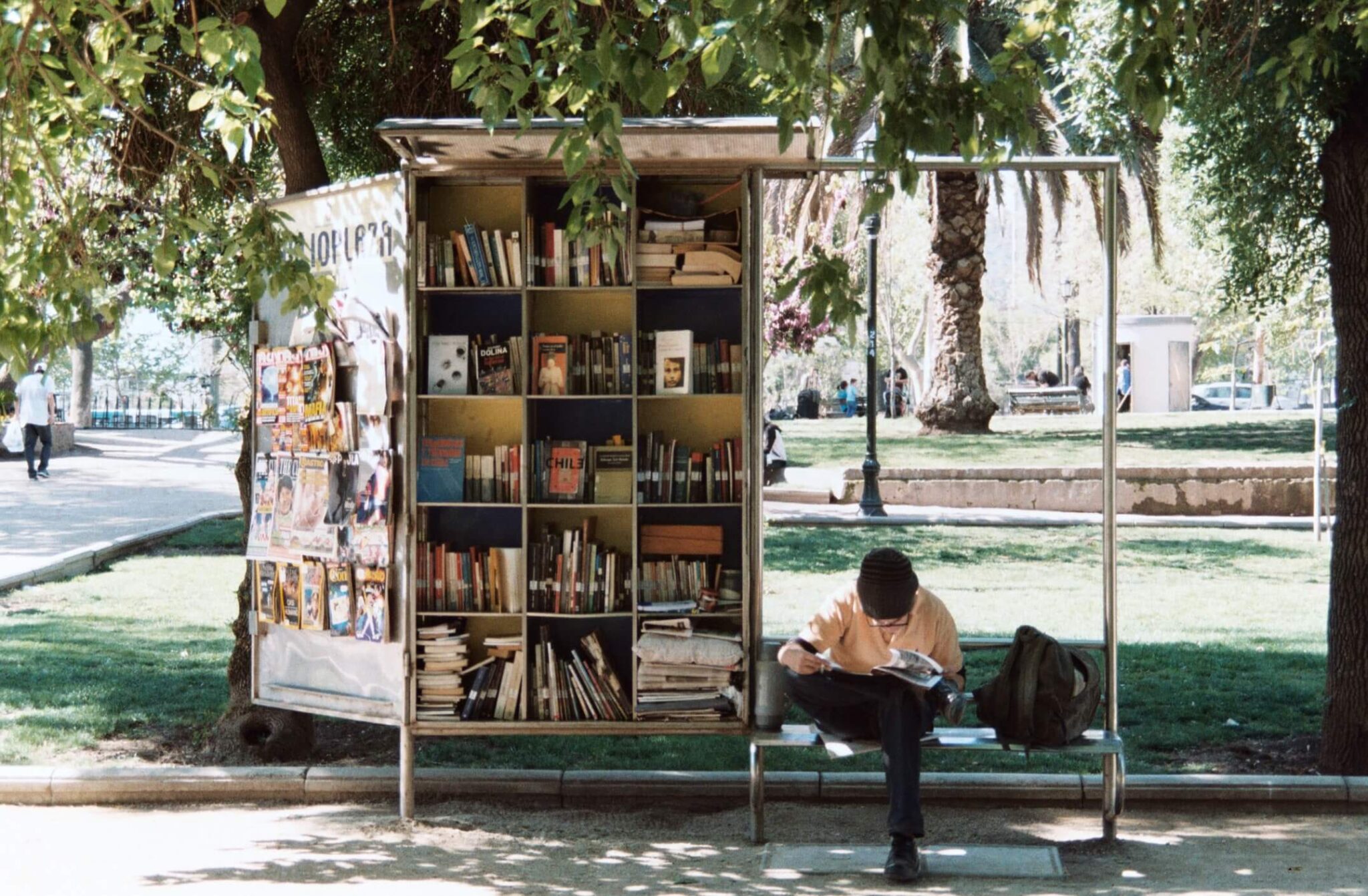Good news for the urbanites among us: a new American study found that denser cities are not necessarily less green. How does this make sense, and what is the state of nature in our urban spaces in Israel?
By Nina Sodin, Angle - Science and Environment News Agency
Imagine for a moment that you are walking in a city that you particularly like. What do you see around you? Interesting buildings, observation points or boulevards full of cafes and restaurants? It is likely that at least one of your favorite places in the city includes urban nature - a favorite park, trees that decorate the streets or a lawn that is nice to have a picnic on.
In recent decades, many studies testify to the effects the positivity של That was Around Natural About our health The physical and also The mental. But at the same time, with the rate of population growth and the accelerated urbanization processes that led to the fact that about half of the world's population lives in cities - the urban spaces have become extremely dense, and this process may Threaten About them territories natural urban, that we need.
However, findings from an American study recently published in the journal British Ecological Society actually indicate a positive phenomenon: the researchers found that urban neighborhoods can be dense and green at the same time – and it turns out that there are many ways to do this.
Green is good for health
As mentioned, today many studies testify to the positive effects of green spaces on our health. For example, improving the functioning of our immune system, reducing feelings of anger and stress, improving memory and concentration and even increasing life expectancy. In addition, trees Help clean the air from pollutants, to reduce the temperature around them, and islands of urban nature even contribute to improving the biological diversity in the city.
The researchers who carried out the new study examined the 100 largest urban areas in the United States, where approximately 167 million people live, and examined the relationship between the population density in these areas (that is, the number of inhabitants per unit of area) and the areas in the city that meet the definition of "top coverage area" The trees" (Tree canopy cover) - that is, all the areas in the city where, if you stay, there will be tree foliage above you.

The initial findings were not particularly surprising: according to the study, due to the fact that high population density leads to the need for spaces such as sidewalks and roads - a 10 percent increase in density results in an average decrease of 3 percent in green space; Or in simple words: denser areas are also less green. Up until this point, most of us would have just guessed the findings, wouldn't we? But the researchers did not stop there and reached surprising results.
How would you like your green?
When the researchers took an in-depth look at the neighborhoods they chose in the US, things looked different: it became clear to them that even in the most populated areas of the country, there are quite a few dense neighborhoods that also manage to be quite green. In these neighborhoods, the amount of green spaces was at least 3 times greater than the amount of green spaces in other neighborhoods with a similar density.
When they examined those neighborhoods, they discovered two main approaches to greening dense urban areas: densifying the residential areas themselves to allow for the construction of more green spaces nearby, and integrating the green spaces within the built-up areas themselves. To delve deeper into the study of these approaches, the researchers examined two cities that use them extensively: Curitiba in southern Brazil and Singapore in Southeast Asia.
About 2 million people live in Curitiba today, and it is planned according to the first approach to greening dense urban areas: reducing residential areas and reserving space for designated green areas. The city has 35 parks, over a thousand conservation areas, and an efficient system of public transportation that allows easy access to the various green areas. Also, parks and lakes were planned around the streams and lowland areas in the city; This is also to protect the city from the frequent floods in the area. In addition, the city provides incentives for the creation of RPPN (Private Natural Heritage Reserves - private nature reserves, which are used for research, education, eco-tourism and more) - and it is clear that their method works, because in Curitiba there are more such reserves than in any other Brazilian city.

The second test case in the study focused on Singapore, a city-state (a country consisting of only one city) which is one of the most densely populated countries in the world: in an area that is only slightly larger than the area of the entire Jerusalem district, about 5.5 million people live; Despite this, Singapore was nicknamed the "Garden City". how is it possible? The city has no less than 350 parks, 4 nature reserves, over 360 kilometers of walking and cycling paths and more than 1,600 community gardens. At the same time as all these, it is full of innovative construction especially for height, within the framework of which each building is required to replace the green area in which it was built with a parallel space, with at least the same dimensions; Therefore, there are often green spaces in the buildings themselves: green walls, gardens on the roofs, and more.
Green connects people
And what is our situation in the areas of crowding and green spaces? According to Moti Kaplan, a planner and consultant in the field of planning, Israel is a rather unique case. "On the one hand, we are one of the densest countries in the world, and on the other hand - most of the cities in Israel are sparsely populated compared to the cities of the world."
According to Kaplan, in order to ensure that our cities have enough natural areas that are open to the public, the Ministry of Housing established quotas of green areas - what is the extent of green area per person needed in the city - which are a mandatory condition for the construction or renewal of urban neighborhoods. However, it turns out that in order to meet the quotas - the cities expand and spread over larger and larger areas, in a process that ultimately damages the green areas around them.
According to Kaplan, this situation is both problematic and unnecessary: according to him, it is possible to create green areas even without spreading them over a large area. "In a large urban park, people usually will not enter the depth of the area, but will stay at its edges. Therefore, the parks should not be so large in terms of their area - the more important thing is to build them so that they have a large perimeter", he clarifies, "that is, their shape will be more like a line than a circle, square or polygon".
According to him, a good example of this kind of construction is the Rail Park in Jerusalem, in the design of which he took part. The park, which runs along the route of the old railway in Jerusalem, is admittedly relatively small in area, but due to the linear way in which it was built - it attracts many visitors. "The people in the park are in motion and pass between different stations: they walk along the track and at each point they meet a different attraction; For example: an amusement park, a center for sports activities, benches, a street library, restaurants and cafes, and all of these provide points of interest and meeting places that connect people," he describes. "In addition, the park itself connects the different neighborhoods in the city: the Beit Tzafa neighborhood, Lepat, from there to Katmonim, and then to the German colony - and all within an easy and comfortable walking route."

In addition to linear construction, Kaplan says it's always worth examining the green spaces that already exist in or near the city. "If the city is close to a national park or a forest, it is possible that residents who can reach these green areas in a short walk do not necessarily also need a park near the house," he explains.
And what about the approaches proposed in the new study? According to Kaplan, the integration of green construction in residential areas, as was done in Singapore, can be very effective in Israel as well - through green construction on roofs and parking lots, which can even be integrated into Panels solar and through green walls in buildings. Also using streams and their surroundings as open spaces in cities - similar to what is done in Curitiba - is, according to him, very effective, because the streams are narrow and long and run throughout the city and are thus accessible to many of its residents. "There are countless options for integrating green spaces in cities; All that needs to be done is to plan, think logically, adapt the basket of solutions to the local conditions - and implement the ideas in the field", concludes Kaplan.
